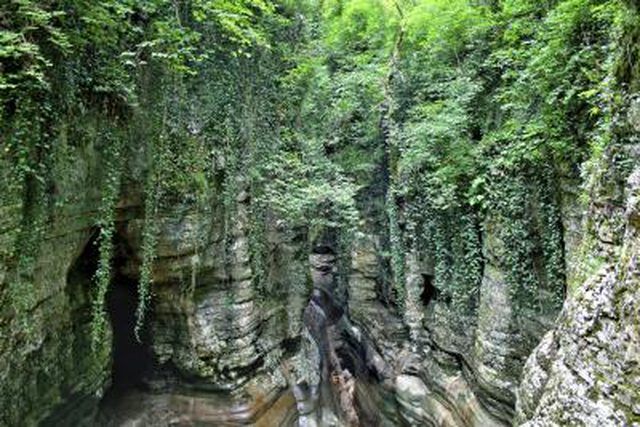Bulbs
Flower Basics
Flower Beds & Specialty Gardens
Flower Garden
Garden Furniture
Garden Gnomes
Garden Seeds
Garden Sheds
Garden Statues
Garden Tools & Supplies
Gardening Basics
Green & Organic
Groundcovers & Vines
Growing Annuals
Growing Basil
Growing Beans
Growing Berries
Growing Blueberries
Growing Cactus
Growing Corn
Growing Cotton
Growing Edibles
Growing Flowers
Growing Garlic
Growing Grapes
Growing Grass
Growing Herbs
Growing Jasmine
Growing Mint
Growing Mushrooms
Orchids
Growing Peanuts
Growing Perennials
Growing Plants
Growing Rosemary
Growing Roses
Growing Strawberries
Growing Sunflowers
Growing Thyme
Growing Tomatoes
Growing Tulips
Growing Vegetables
Herb Basics
Herb Garden
Indoor Growing
Landscaping Basics
Landscaping Patios
Landscaping Plants
Landscaping Shrubs
Landscaping Trees
Landscaping Walks & Pathways
Lawn Basics
Lawn Maintenance
Lawn Mowers
Lawn Ornaments
Lawn Planting
Lawn Tools
Outdoor Growing
Overall Landscape Planning
Pests, Weeds & Problems
Plant Basics
Rock Garden
Rose Garden
Shrubs
Soil
Specialty Gardens
Trees
Vegetable Garden
Yard Maintenance
Types of Ivy Plants
Types of Ivy Plants. Indoors or outdoors, the trailing stems and glossy foliage of ivy plants create a distinctive profile, whether grown as a houseplant, ground cover, climber or container plant. Ivies with a wide variety of regional origins and huge range of individual cultivars generally share preferences for moist soil, partial shade and plenty...
Indoors or outdoors, the trailing stems and glossy foliage of ivy plants create a distinctive profile, whether grown as a houseplant, ground cover, climber or container plant. Ivies with a wide variety of regional origins and huge range of individual cultivars generally share preferences for moist soil, partial shade and plenty of room to climb or trail. Their vigor, however, can lead to control problems in some growing situations.
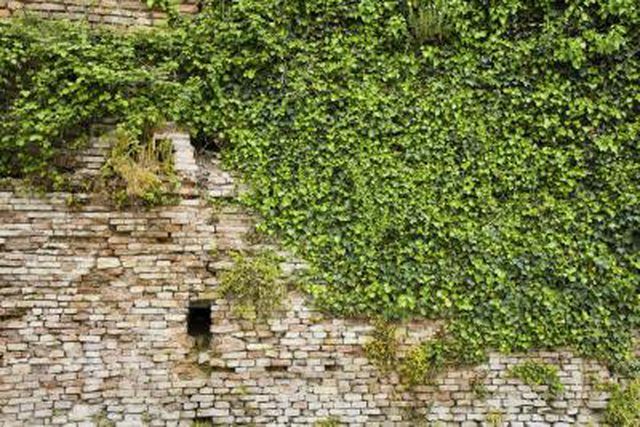
English ivy (Hedera helix spp.) is probably the best-known and most frequently planted ivy groundcover in states across the United States. Cold-hardy in U.S. Department of Agriculture plant hardiness zones 5 through 9, English ivy tolerates snow and ice, poor soil and occasional dry spells. Cultivars number over 500. Glossy dark-green leaves range from heart-shaped to spiky "bird's foot," from under 1 inch to approximately 2 inches in size. Some species are mottled or edged with white, cream or pale yellow. This vigorous grower can reach 50 to 100 feet high in time and can deprive large trees of necessary light if not kept in check. An aggressive growth habit means that English ivy is classified as invasive in 18 states and the District of Columbia.
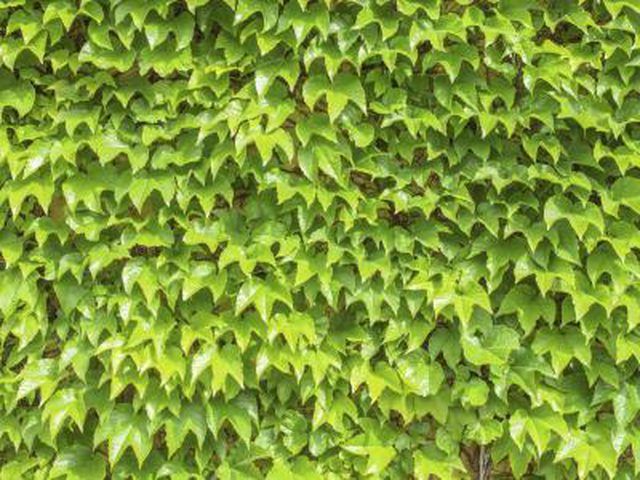
Closely related to English ivy, Irish ivy (Hedera hibernica) shares similar growing habits and USDA zones. Sometimes confused with English ivy, it also illustrates how local growing conditions can determine whether a plant is regarded as invasive, noxious, troublesome or beneficial to the local landscape. In Washington State, for example, Irish ivy is labelled a noxious weed and controlled on public lands like an invasive plant. Homeowners are, however, free to plant it as desired and encouraged informally to keep it under control.

Persian ivy (Hedera colchica) is native to the Near East, and grows in USDA zones 6 through 9, and sometimes in zone 10 with protection from sustained hot sun. It is sometimes called "bullock's heart" ivy because of leaf shape. More tolerant of direct sun and periodically dry soil than some other kinds of ivy, a Persian ivy plant can spread 3 to 6 feet and reach a height of 10 to 40 feet. Heart-shaped Persian ivy leaves are the largest of any ivy variety, between 4 and 10 inches long. Varieties may be solid-color, mottled or bordered with cream or white.
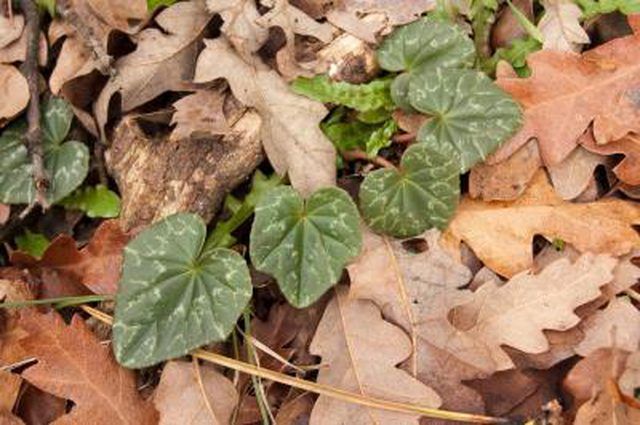
Also called North African or Canary Island ivy, Hedera canariensis is hardy in USDA zones 6 through 10. Leathery, high-gloss, five- to seven-lobed dark green leaves are supported by distinctive red-tinged stems. Algerian ivy prefers moist rich soil and has a higher tolerance for direct sun than English ivy, to which it is closely related. According to Floridata, Algerian ivy establishes more quickly and grows faster than English ivy in situations where either variety is a compatible choice.
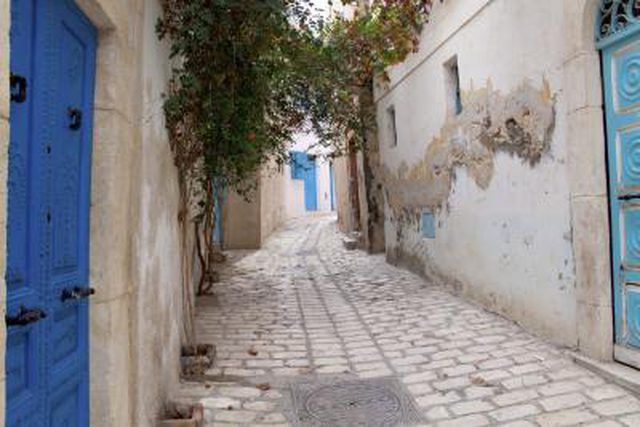
Another warm-weather ivy, native to Japan, Japanese ivy (Hedera rhombea) flourishes in USDA zones 8 and 9. A less strenuous grower than Algerian ivy, Japanese ivy reaches 10 to 12 feet in length at maturity. Stems are noticeably purplish, and the shallow-lobed heart-shaped leaves of Hedera rhombea variegata contain streaks and blotches of pure white against dark shiny green.
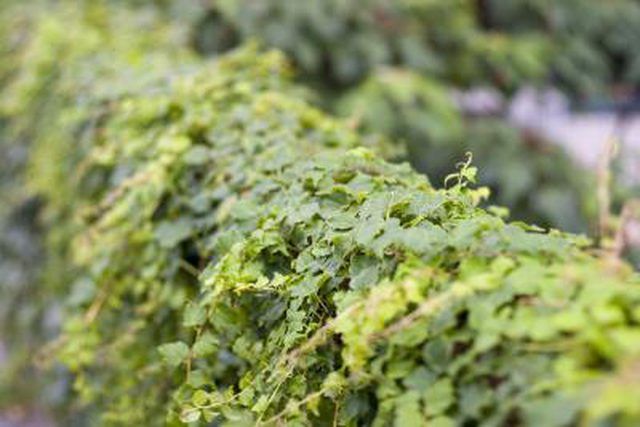
Native to the high altitudes of mountainous Nepal and Bhutan, Hedera nepalensis is sometimes called Himalayan ivy. It shares the general family preference for moist soil and can grow in USDA zones 7 through 10, thriving in daylong partial shade or morning sun only. Glossy leaves are diamond shaped and appear to droop a bit on stems. Vines spread to between 5 and 10 feet, while reaching a height of 8 to 10 feet.

Native to the Caucasus mountains, Hedera pastuchovii is called both Russian and Iranian ivy and sometimes included, confusingly, under the "Persian ivy" rubric. Russian ivy is marketed as perennial in USDA zones 7 and above. According to Washington State University Extension, comparisons of cold-tolerance of several ivy varieties suggested that Russian ivy can survive in USDA zone 5 with winter mulching; farther north, it should be treated as an annual.
